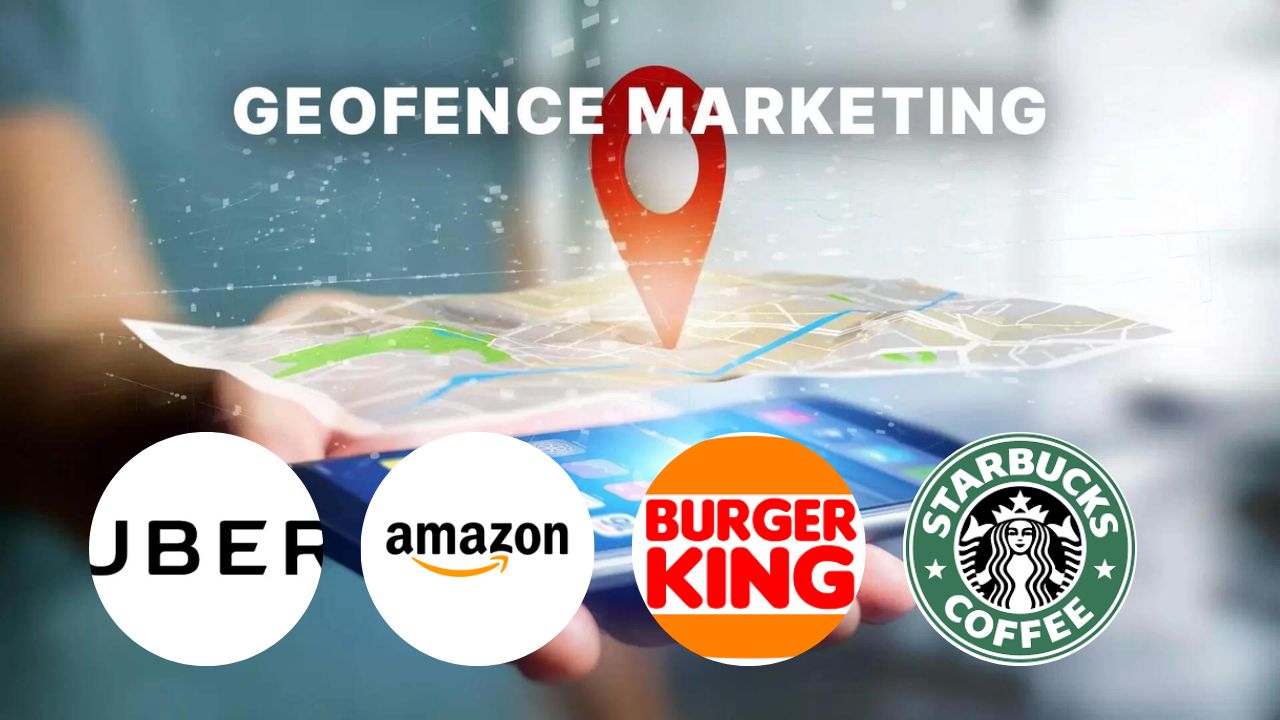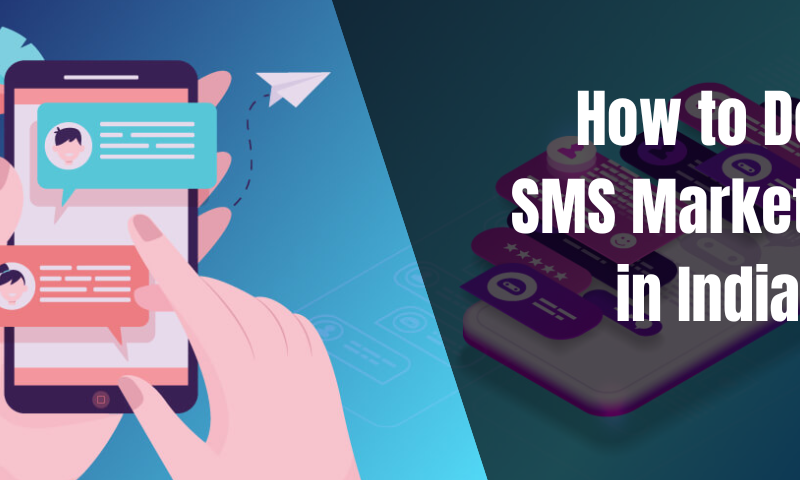
Geofencing Marketing Examples
Research shows that there are more than six billion smartphone users in the world. This number is crucial for businesses. Owing to the number of mobile phone users that are increasing, more businesses are switching to location-based marketing. This type of marketing has become an important tactic for businesses to engage mobile users.
Geofencing is a form of location-based marketing where a geographic boundary is placed around a point of interest. Serving mobile customers is a real-time need and geofencing marketing is the ultimate tactic to engage local customers. It is becoming a powerful tool for marketers. Marketers are always looking for innovative ways to connect with their customers. Geofencing or geo advertising is a relatively new technology that can be used in many different ways, depending on the marketing campaign.
With the increasing popularity, more brands are trying to explore this method. The following geofencing examples combine creativity with technology. Let’s have a look:
*Sephora: Sephora’s “store companion” geofencing feature is a great example of a smart location-data solution. The companion turns on as soon as the customer walks into the store. It gives the customer access to information on their past purchases, product recommendations and reviews, limited-edition offers, wish-list product availability, as well as store experiences and happenings on that day. Using geofence technology, the Sephora app increases customer satisfaction and loyalty by creating excellent daily mobile content, including location-targeted messages. If a user has an unspent gift card, they can also receive a reminder from the app when they enter the geofenced zone close to Sephora.
*Dunkin Donut: Dunkin’s use of a personalized Snapchat geo filter to celebrate National Donut Day is another successful example of geofencing marketing tactics. Snapchat filters allow brands to demonstrate their creative abilities and personalities, as well as provide the app users with animated and cartoonish, sharable experiences. Dunkin’s filter, which could only be accessed in-store or via the “Snap to Unlock” feature, turned the user’s head into a gigantic pink donut inhaling sprinkles. This campaign resulted in the company gaining 10 times more Snapchat followers on National Donut Day than its monthly average.
*Burger King: While listing impressive examples of geofencing, one must not forget the famous Burger King’s “Whopper Detour”. It involved building a 600-foot fence around McDonald’s restaurants. Burger King encouraged its customers to go to McDonald’s but with a twist. As soon as they entered the “fence,” they could unlock a deal for a one-cent Whopper burger on the Burger King app. This promotion, though risky, resulted in the Burger King app being downloaded over 1,000,000 times. Not only this, it boosted the brand from ninth to first place in the Apple App Store’s food and drink category.
*Uber: Uber is known to heavily rely on geofencing marketing for drivers to earn fares. This company uses geofencing to create fences around airports, nightclubs, hotels, and more. As soon as users get off a plane, Uber sends them a push notification letting them know that there are Uber drivers available nearby to take them to their destination. This strategy works exceptionally effectively for driving services like Uber because it helps them get more trips. It’s one of the many examples of geofencing that show how you can earn more sales by creating an effective geofence in the right location.
*Amazon: Amazon’s new Location Service makes it easier for customers to add location functionality to their apps. Launched in June, business customers can embed the feature using high-quality data from top providers to provide maps, points of interest, geocoding, route planning, geofencing and asset tracking. The service can be used for tracking objects such as packages that are being delivered to customers. And to build maps directly into apps, so a retailer could add a map to its website or app to tell people where they’re located. Importantly, businesses can use the geofencing features to reach out to customers with timely offers when they’re in close proximity to a retail location.
*Starbucks: Another example of geofencing is Starbucks. It uses the technology to send push notifications to interested customers nearby. One such example is their happy hour special; when certain drinks are half the price, users nearby get special push notifications notifying them about the promotion. Not only can they deduce when a customer is nearby or when they walk in the door, but they can also use geofencing marketing to segregate customers into different categories.
The possibilities are endless with technology’s constantly evolving trends. Marketers who want to stay ahead of the curve should start using geofencing in their marketing campaigns as soon as possible. It’s a powerful tool used in many different ways to reach a wide range of audiences. Geofencing is something that all marketers should be keeping an eye on.



